Best Companion Plants For Double Play Doozie Spirea
Title: Best Companion Plants for Double Play Doozie Spirea
Introduction:
Double Play Doozie Spirea is a beautiful, low-maintenance shrub that is perfect for adding color and interest to any garden. It blooms twice a year, in the spring and fall, with white and pink flowers that attract butterflies and other pollinators. Double Play Doozie Spirea is also relatively drought-tolerant and can thrive in a variety of soil conditions.
If you are looking to add Double Play Doozie Spirea to your garden, you may be wondering what companion plants would work well with it. Here are a few of the best companion plants for Double Play Doozie Spirea:
Main Content:
- Astilbe: Astilbe is a shade-loving perennial that blooms in the summer with delicate pink, white, or purple flowers. It is a good companion plant for Double Play Doozie Spirea because it has similar light and moisture requirements.

- Brunnera macrophylla: Brunnera macrophylla, commonly known as Siberian bugloss, is a shade-loving perennial that blooms in the spring with blue or white flowers. It has attractive blue-green leaves that make it a good foliage plant.
- Calamagrostis acutiflora: Calamagrostis acutiflora, commonly known as feather reed grass, is a tall, ornamental grass that blooms in the summer with airy, silvery plumes. It is a good companion plant for Double Play Doozie Spirea because it can add height and texture to a garden.
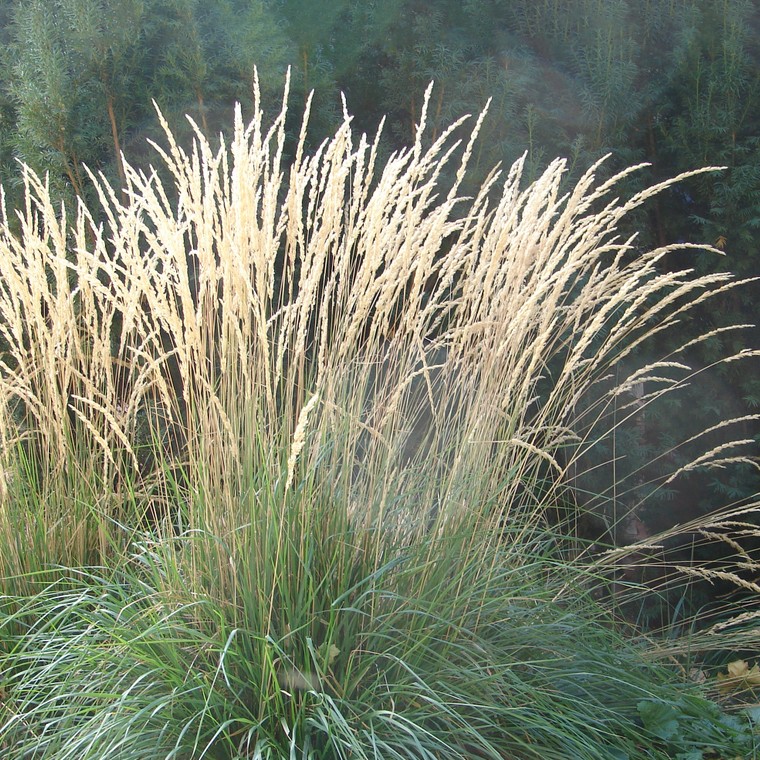
- Coreopsis verticillata: Coreopsis verticillata, commonly known as threadleaf coreopsis, is a low-growing, sunny perennial that blooms in the summer with yellow flowers. It is a good companion plant for Double Play Doozie Spirea because it has similar light and moisture requirements.

- Echinacea purpurea: Echinacea purpurea, commonly known as purple coneflower, is a tall, sunny perennial that blooms in the summer with showy, daisy-like flowers. It is a good companion plant for Double Play Doozie Spirea because it attracts butterflies and other pollinators.
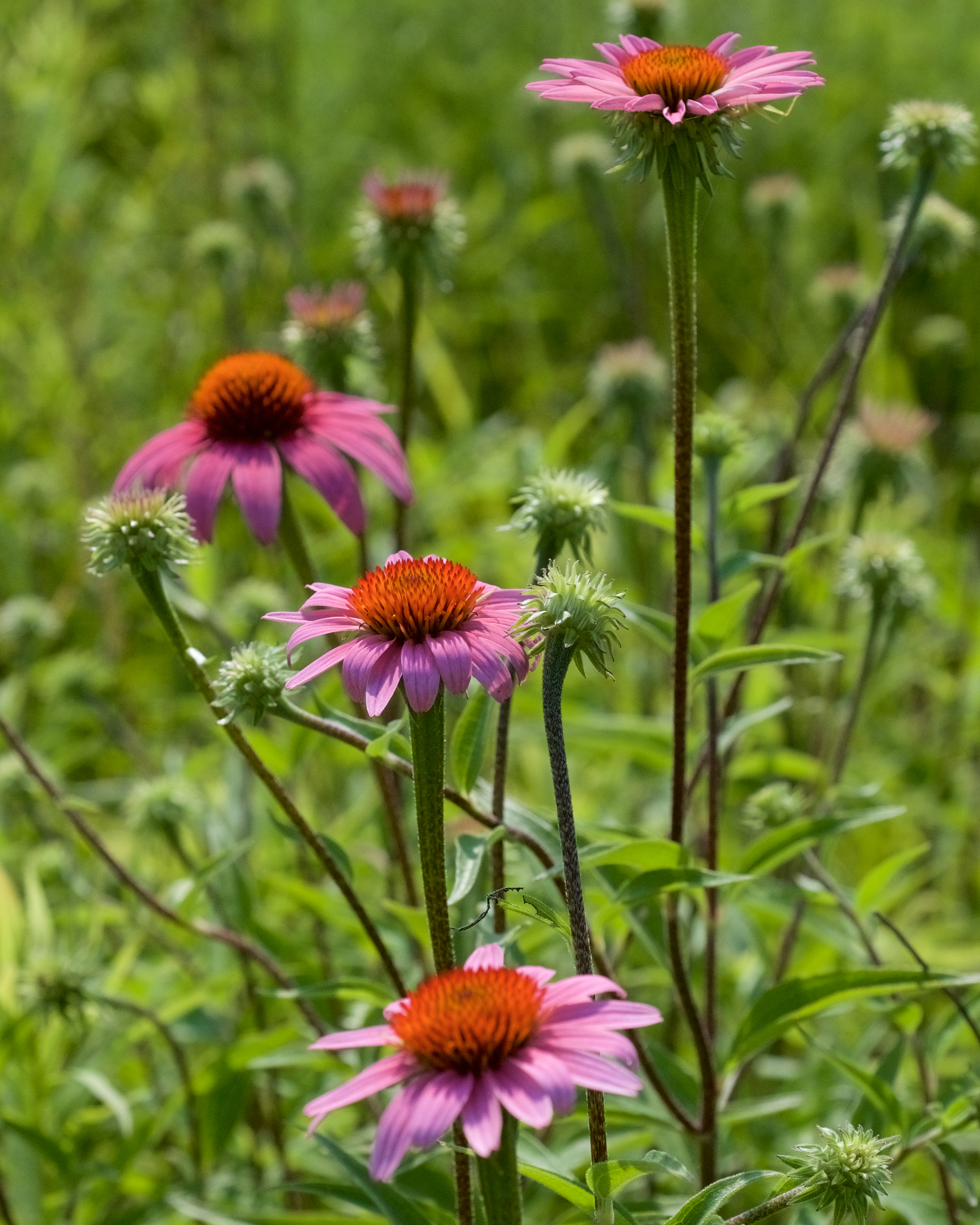
- Geranium maculatum: Geranium maculatum, commonly known as wild geranium, is a low-growing, sunny perennial that blooms in the spring with pink, purple, or white flowers. It is a good companion plant for Double Play Doozie Spirea because it is drought-tolerant and can thrive in poor soil.
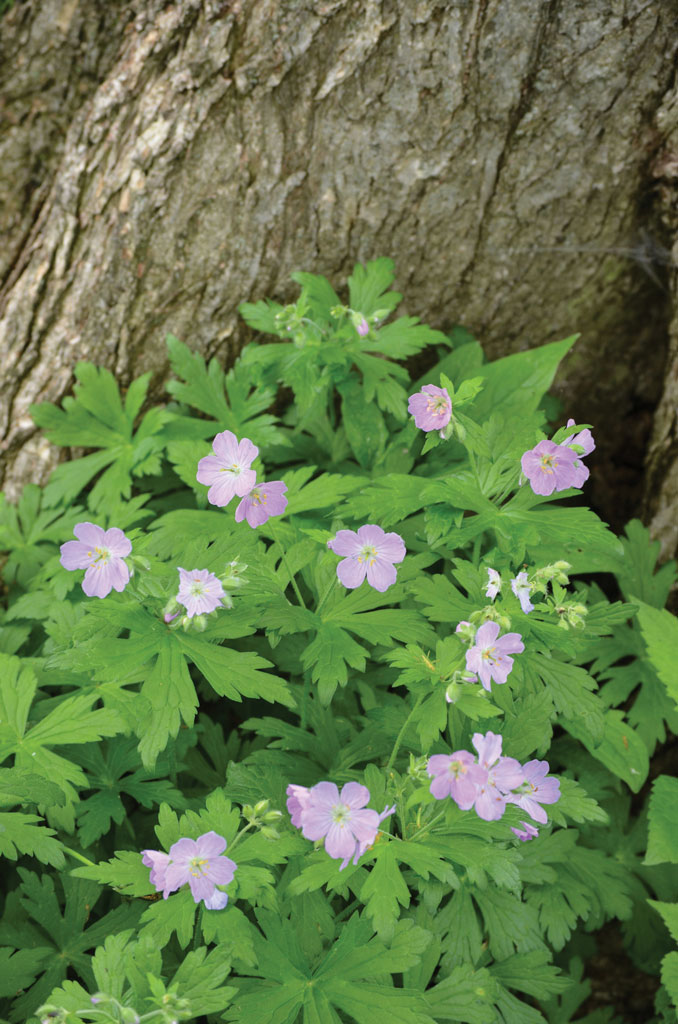
- Hosta: Hostas are shade-loving perennials that come in a variety of colors and sizes. They are a good companion plant for Double Play Doozie Spirea because they have similar light and moisture requirements.

- Liriope muscari: Liriope muscari, commonly known as monkey grass, is a low-growing, shade-loving perennial that blooms in the summer with blue or white flowers. It is a good companion plant for Double Play Doozie Spirea because it is drought-tolerant and can thrive in poor soil.
- Monarda didyma: Monarda didyma, commonly known as bergamot, is a tall, sunny perennial that blooms in the summer with pink, red, or purple flowers. It is a good companion plant for Double Play Doozie Spirea because it attracts butterflies and other pollinators.

- Phlox paniculata: Phlox paniculata, commonly known as garden phlox, is a tall, sunny perennial that blooms in the summer with showy, colorful flowers. It is a good companion plant for Double Play Doozie Spirea because it has similar light and moisture requirements.
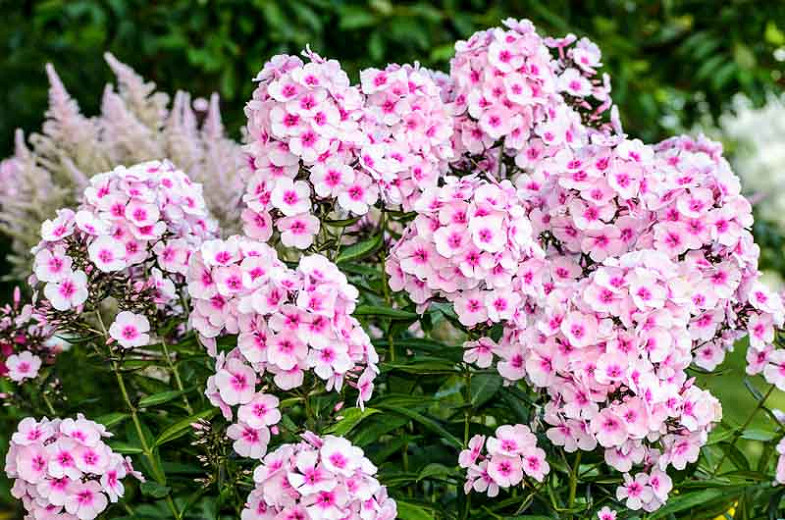
Conclusion:
These are just a few of the many companion plants that would work well with Double Play Doozie Spirea. When choosing companion plants, it is important to consider the plant's light, moisture, and soil requirements. You should also choose plants that will complement the color and size of the Double Play Doozie Spirea. With a little planning, you can create a beautiful and harmonious garden with Double Play Doozie Spirea and its companion plants.
Double play doozie spirea is a beautiful flowering shrub that can add a splash of color to any garden. But did you know that there are a variety of companion plants that can help to enhance its beauty and bring out its best features?
Some of the best companion plants for double play doozie spirea include:
- Coral bells: These brightly colored plants provide contrast to the spirea's white or pink blooms.
- Ornamental grasses: The tall, swaying grasses add movement and interest to the garden.
- Sedums: These drought-tolerant plants can help to fill in the empty spaces around the spirea.
- Dianthus: These fragrant flowers add a touch of elegance to the garden.
- Junipers: These evergreen shrubs provide year-round interest.
- Hollies: These hardy shrubs can help to provide winter protection for the spirea.
- Russian sage: This tall, airy plant adds a touch of drama to the garden.
To learn more about companion plants for double play doozie spirea, visit Home Gardening.
FAQ of double play doozie spirea companion plants
What are the best companion plants for double play doozie spirea?
The best companion plants for double play doozie spirea are those that have similar growing conditions and needs. This includes plants that like full sun, well-drained soil, and moderate moisture. Some good companion plants for double play doozie spirea include:
- Coral bells
- Hostas
- Butterfly bush
- Columbine
- Phlox
- Mint
- Oregano
- Chives
- Eggplant
- Blueberry
It is also important to consider the size of the double play doozie spirea when choosing companion plants. This shrub can grow to be 2-3 feet tall and wide, so you will need to choose plants that will not outgrow it.
How far apart should double play doozie spirea plants be planted?
Double play doozie spirea plants should be spaced at least 24 inches apart. This will give them enough room to grow and spread. If you are planting double play doozie spirea in a border, you may want to space them closer together, such as 18 inches apart.
What type of fertilizer should I use for double play doozie spirea?
Double play doozie spirea is a relatively low-maintenance shrub, but it will benefit from a light application of fertilizer in the spring. A slow-release fertilizer, such as a 10-10-10 or organic fertilizer, is recommended. Be careful not to use too much nitrogen, as this can lead to excessive growth and weak stems.
How do I deadhead double play doozie spirea?
Double play doozie spirea does not require deadheading. However, if you would like to keep the flowers blooming for a longer period of time, you can deadhead them by removing the spent blooms. This will encourage the shrub to produce more flowers.
How do I winterize double play doozie spirea?
Double play doozie spirea is a hardy shrub that can withstand cold winters. However, if you live in an area with very cold winters, you may want to take some precautions to protect your shrub. You can do this by mulching around the base of the shrub with a few inches of organic material, such as leaves or straw. You may also want to wrap the shrub's branches with burlap or horticultural fleece.
Image of double play doozie spirea companion plants
- Astilbe: Astilbe is a shade-loving plant that blooms in white, pink, or purple. It can help to add height and interest to a planting scheme with double play doozie spirea.

- Brunnera: Brunnera is another shade-loving plant that blooms in blue or white flowers. It has attractive blue-green leaves that make it a good choice for groundcover.
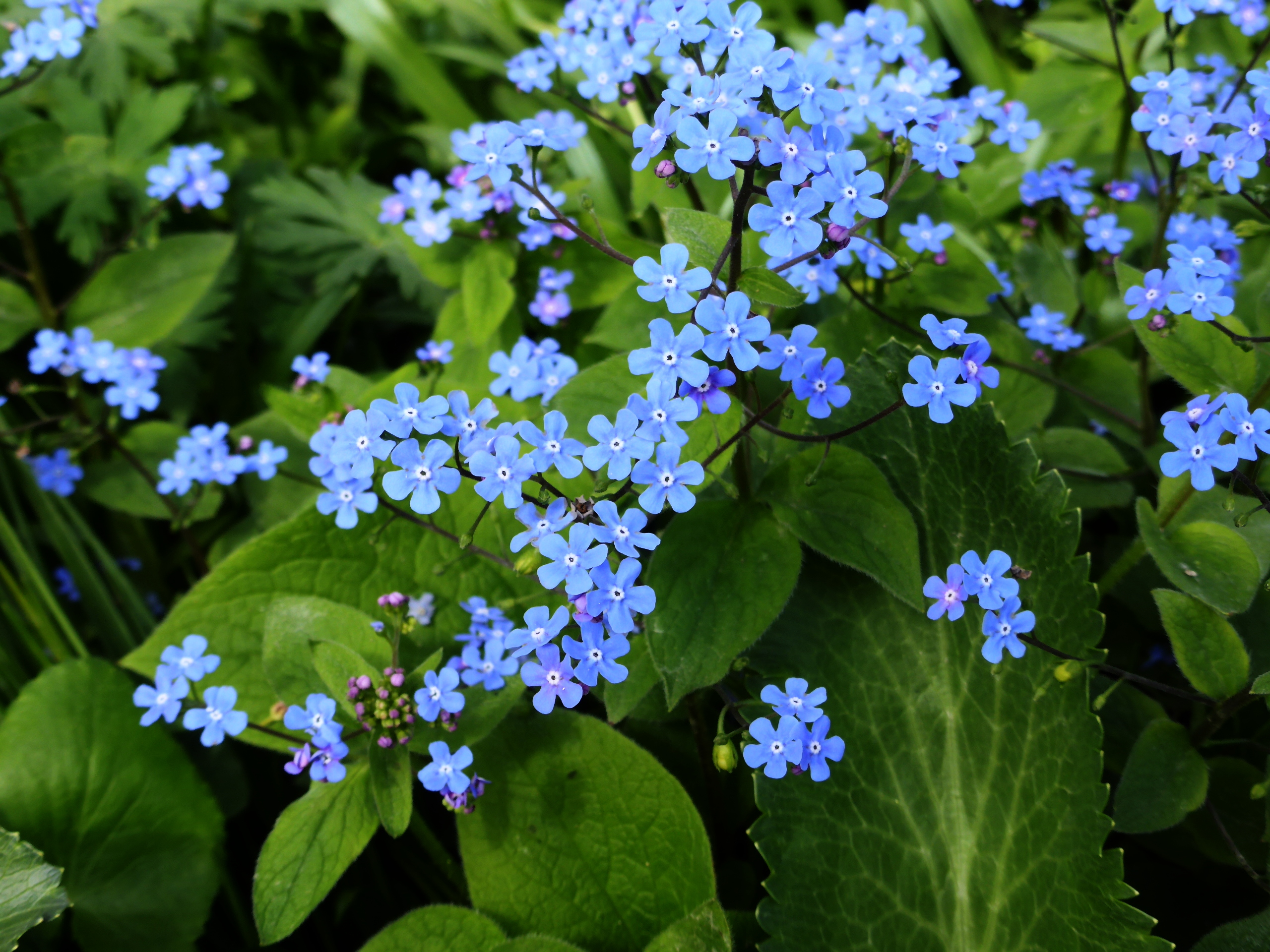
- Hosta: Hostas are a popular choice for shade gardens. They come in a variety of colors and leaf shapes, so you can find one that will complement the double play doozie spirea.

- Lily of the valley: Lily of the valley is a delicate spring-blooming plant that is perfect for adding a touch of romance to a garden. It can be grown in full sun or partial shade.

- Salvia: Salvia is a heat-loving plant that blooms in a variety of colors, including blue, purple, and pink. It can be used to add height and color to a sunny border.
- Sedum: Sedum is a drought-tolerant plant that comes in a variety of colors, including green, pink, and purple. It can be used to add groundcover or to fill in gaps in a border.

- Shasta daisy: Shasta daisies are a classic summer-blooming plant that is easy to grow. They come in white, pink, and yellow varieties.

- Yarrow: Yarrow is a hardy plant that blooms in white, yellow, or pink flowers. It can be used to add height and interest to a border or to fill in gaps in a planting scheme.

Post a Comment for " Best Companion Plants For Double Play Doozie Spirea"